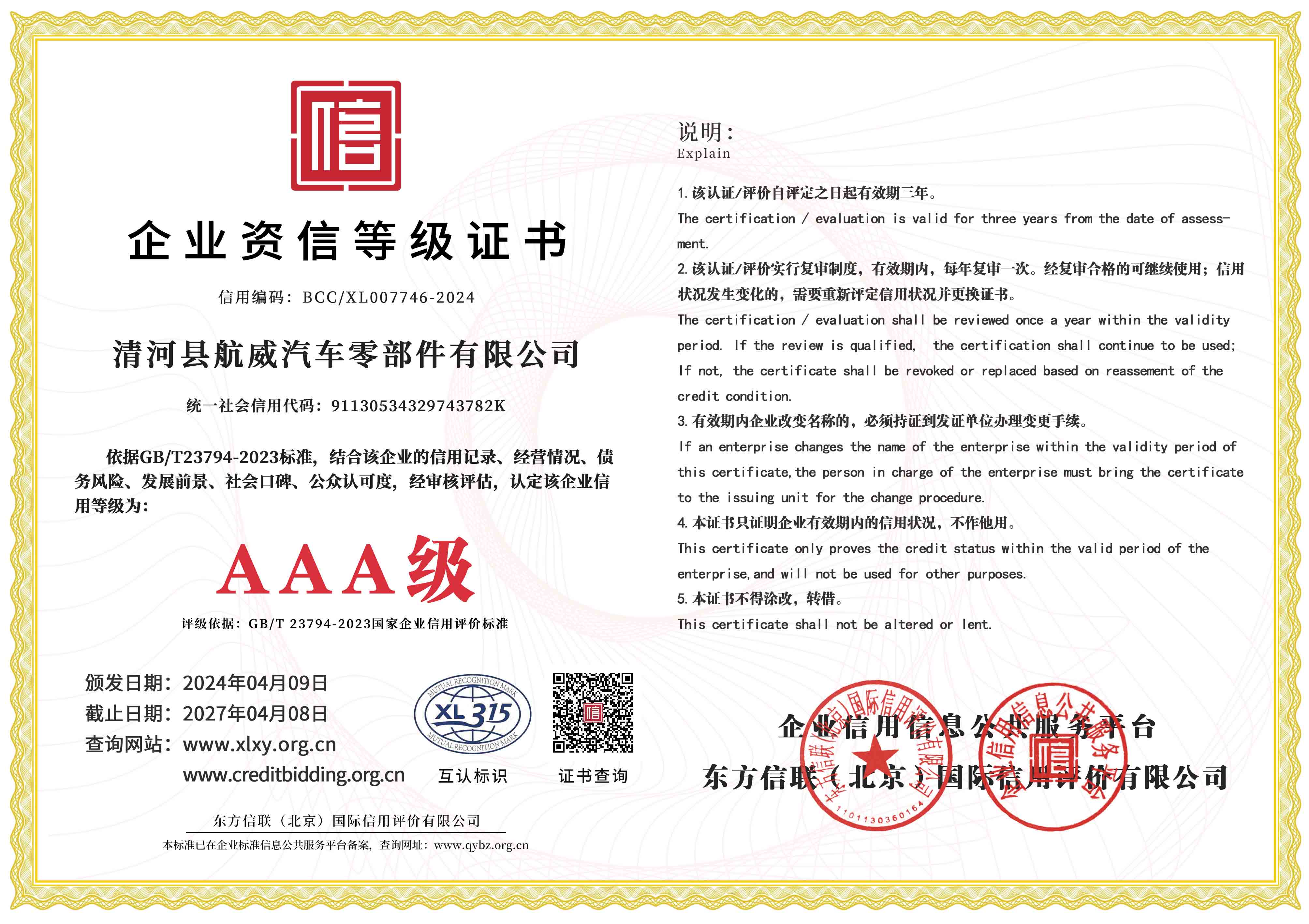changing gear cable
Changing Gear Cables A Comprehensive Guide
Changing gear cables is an essential maintenance task for any cyclist, whether you're a casual rider or a seasoned professional. Over time, gear cables can wear out, fray, or become sticky, leading to poor shifting performance and, ultimately, an unpleasant riding experience. Thankfully, replacing gear cables is a manageable task that can be accomplished with some basic tools and a bit of patience.
Understanding Gear Cables
Gear cables are responsible for transmitting the rider's input from the gear shifters to the derailleurs. A well-functioning gear system is crucial for smooth and efficient riding. If you notice difficulty shifting gears, a rattling sound, or if the cable is visibly frayed, it’s time to consider changing your gear cable.
Tools and Materials Needed
To change your gear cables, you will need the following tools - New gear cable (make sure it’s the right length for your bike) - Wire cutters or cable cutters - A 5mm Allen key (for removing the shifters if necessary) - A Phillips screwdriver - Lubricant (for cables and housing)
Step-by-Step Instructions
1. Prepare Your Bike Start by placing your bicycle on a stand to elevate it off the ground. This makes it easier to work on.
changing gear cable

2. Remove the Old Cable Shift your chain to the smallest gear on the cassette and the front chainring. This loosens the tension on the cable, allowing for easier removal. Locate the cable anchor bolt on the derailleur, use your Allen key to loosen it, and then remove the old cable.
3. Install the New Cable Take your new gear cable and thread it through the housing starting from the shifter side. Make sure the cable is not twisted and goes through any ferrules correctly. Once it reaches the derailleur, insert it through the anchor bolt and tighten it.
4. Adjust Tension Shift through the gears to ensure smooth operation. If the shifting feels off or the gears don’t engage fully, you may need to adjust the tension using the barrel adjuster.
5. Trim Excess Cable Once you are satisfied with the shifting performance, use wire cutters to trim any excess cable. Be sure to leave a little length for future adjustments.
6. Lubrication and Final Checks Apply a small amount of lubricant to the cable housing to ensure smooth operation. Finally, double-check all bolts and screws to confirm everything is tightened correctly.
Conclusion
Changing gear cables might seem daunting at first, but with practice, it can become a straightforward task. Regular maintenance, such as inspecting and replacing gear cables, not only enhances your bike’s performance but also prolongs its lifespan. By following these steps, you can ensure a smoother, more enjoyable ride every time you hit the road. Happy cycling!
-
Upgrade Your Control with Premium Throttle CablesNewsAug.08,2025
-
Stay in Control with Premium Hand Brake CablesNewsAug.08,2025
-
Experience Unmatched Performance with Our Clutch HosesNewsAug.08,2025
-
Ensure Safety and Reliability with Premium Handbrake CablesNewsAug.08,2025
-
Enhance Your Vehicle with High-Performance Clutch LinesNewsAug.08,2025
-
Elevate Your Ride with Premium Gear CablesNewsAug.08,2025
